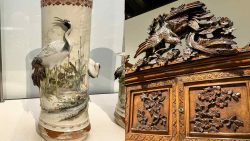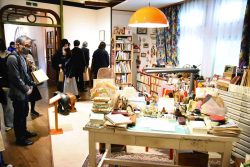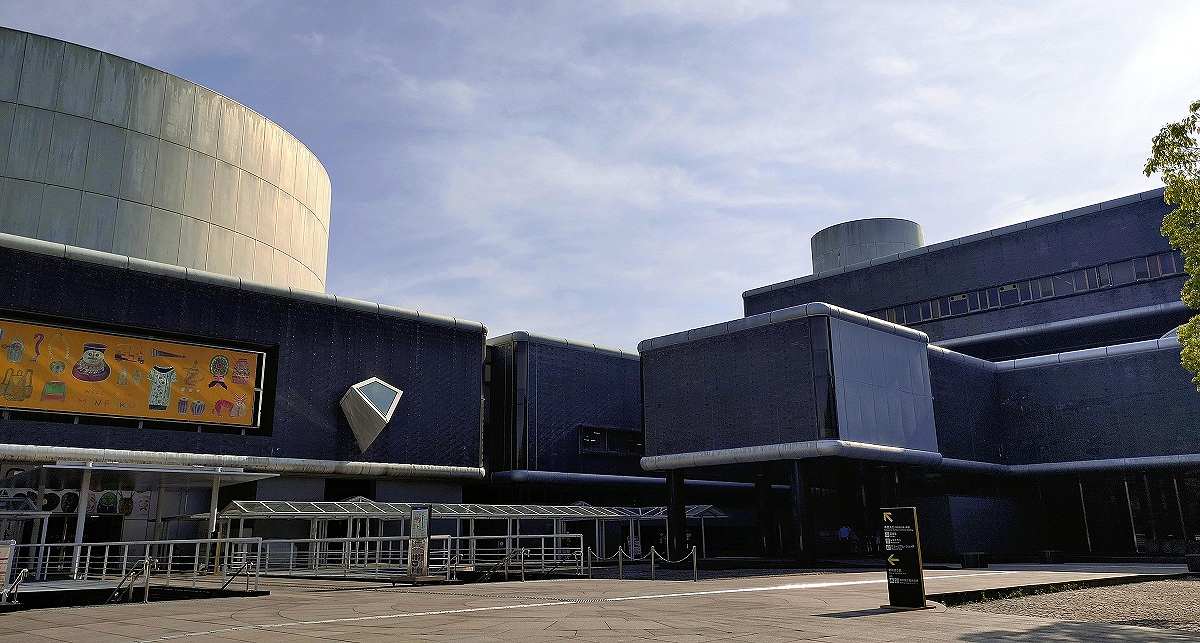
The National Museum of Ethnology in Suita, Osaka Prefecture, marks its 50th anniversary this year.
17:15 JST, July 23, 2024
SUITA, Osaka — This year marks the 50th anniversary of the foundation of the National Museum of Ethnology in Suita, Osaka Prefecture.
Also known as Minpaku, a shortened version of its Japanese name, it has been a center for research on peoples and cultures of the world, and features an ever-growing collection with more than 340,000 items.
The museum is also working to bolster its presence by sharing its research results and expanding its network of researchers from around the world.
A law establishing the museum went into effect in June 1974, after which it started collecting ethnic materials overseas. When the museum building was completed in 1977, it began to hold exhibitions for the public. Its first director-general was Tadao Umesao, who was awarded the Order of Culture in 1994.
Since its opening, the museum has gradually expanded its exhibition space and other facilities. Its current floor area, including the four-story main building, is 53,000 square meters. It is considered to be the largest ethnological museum in the world.
The museum’s researchers have conducted fieldwork in Europe, Asia, Africa, North America, South America and Oceania, and have collected ethnographic materials such as clothing, ritual items and working tools. As of the end of March, the museum had 346,670 items, which is considered to be the world’s largest collection of ethnographic materials for an institution that started in the latter half of the 20th century.
The museum has also produced 850 videos recording people’s daily lives, cuisines and festivals.
“Our museum is recognized overseas as the ‘world’s largest’ ethnographic and cultural anthropological museum,” said Kenji Yoshida, the director-general of the museum.
Evolving with the times
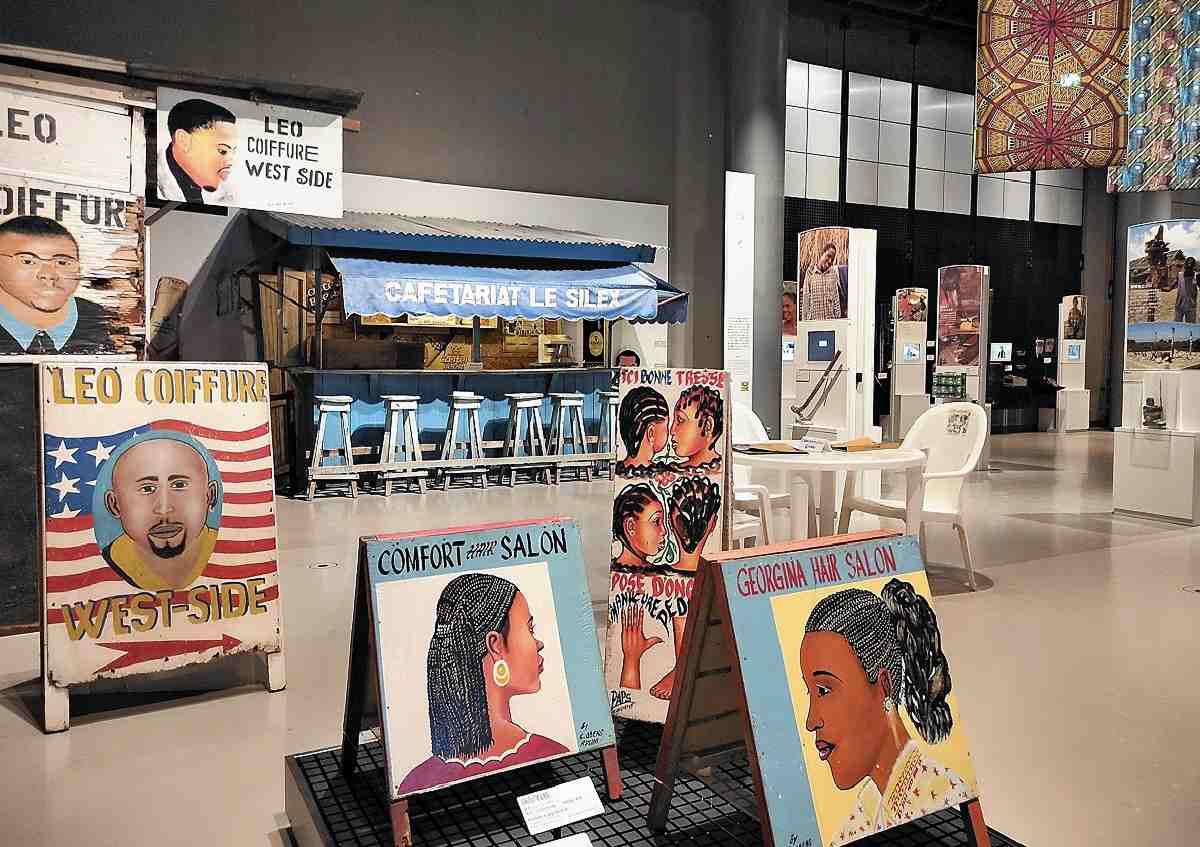
A permanent exhibition on Africa illustrates the continent’s rapid urbanization.
In addition to having permanent exhibitions by region, special exhibitions are usually held twice a year. Thematic exhibitions also run concurrently.
The cumulative number of visitors to the museum reached about 12.08 million by the end of fiscal 2023. The number of visitors by year fell to less than 100,000 in fiscal 2020 and 2021 due to the coronavirus pandemic, but recovered to the 230,000 level in fiscal 2023.
Ethnological exhibitions around the world today are expected to incorporate the opinions of the local people in the featured regions, showcase cultural diversity and take into account historical changes.
To meet these expectations, the museum since fiscal 2008 has continued to redesign and upgrade its permanent exhibitions. New highlights have been added, such as the connection between traditional Indian costumes and modern fashion, the urbanization of Africa, and changes in Japanese society due to ethnic diversity.
Overseas contribution
The number of researchers employed by the museum is now 54. Past researchers include Naomichi Ishige, a professor emeritus and leading specialist in food culture.
The museum also actively pursues exchanges with overseas researchers as it builds an information network that covers all regions of the world and accumulates knowledge.
For the past 30 years, the museum has accepted about 10 curators and researchers from 10 countries every year, commissioned by the Japan International Cooperation Agency (JICA), for training in research, preservation of materials and exhibition design.
“About 300 people have participated in the training. They now work for museums and cultural administrations in their respective countries,” Yoshida said. “When Minpaku staff visit them, they welcome us.”
One country is Egypt, where the Grand Egyptian Museum, scheduled to fully open soon, is already using Minpaku technology to make containers with paper and other materials free of chemicals that can damage the contents.
The world has become increasingly divided in recent years, with Russia’s aggression against Ukraine and the rise of far-right parties in Europe, just to name a few.
“We must have the wisdom to connect with others with empathy and respect while respecting the diversity of society and finding common ground,” Yoshida said.
A half century after its founding, the museum is expected to play an important role.
"Culture" POPULAR ARTICLE
-
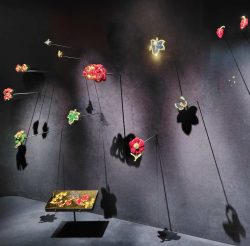
Van Cleef & Arpels Dazzles with Art Deco Artisanry at Tokyo Exhibit
-

Disney’s ‘Twisted-Wonderland’ Animated Series Puts Villains in Spotlight: New Show Features School Inspired by Classic Disney Films
-
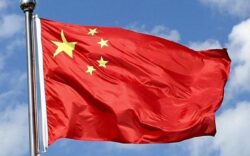
Ayumi Hamasaki’s Shanghai Concert Canceled Day Before Schedule as Part of Beijing Backlash
-

‘The World Masterpiece Theater Series’ Celebrates 50 Years; Animator Looks Back on Creating Anime Classics
-

Popularity of Piggy Banks Across Time and Place Seen at Bank’s Museum of Money Boxes in Hyogo Pref.
JN ACCESS RANKING
-

Tokyo Economic Security Forum to Hold Inaugural Meeting Amid Tense Global Environment
-

Keidanren Chairman Yoshinobu Tsutsui Visits Kashiwazaki-Kariwa Nuclear Power Plant; Inspects New Emergency Safety System
-

Imports of Rare Earths from China Facing Delays, May Be Caused by Deterioration of Japan-China Relations
-

University of Tokyo Professor Discusses Japanese Economic Security in Interview Ahead of Forum
-

Japan Pulls out of Vietnam Nuclear Project, Complicating Hanoi’s Power Plans


